Last week, the presidents of three Ivy League universities—Harvard, MIT, and Penn—appeared before Congress to address the issue of anti-Semitism on their campuses, in the wake of the conflict between Hamas and the state of Israel. In their formal statements as well as in the conversation with the congressional committee members, they acknowledged the tension between free speech and the legitimate regulation of certain types of provocative rhetoric. But as the dialogue unfolded, Rep. Elise Stefanik, a Republican from New York, became increasingly impatient with what she took to be the presidents’ diffidence regarding extreme forms of anti-Semitic speech at their universities. She finally pressed each one of them: “Would calling for the genocide of Jews constitute a violation of the code of conduct at your school, yes or no?” Astonishingly, each of them balked, insisting that it depended upon the context.
All three women have justifiably faced massive blowback and calls for their resignations, due to the baffling lack of moral clarity in their statements. I should like to explore, however briefly, what has made this kind of moral opaqueness and muddle-headedness possible. First, in the minds of far too many people today, the category of the intrinsically evil act has disappeared. In classical moral philosophy, an intrinsically evil act is one that is, by its very nature, so disordered that it could never be justified or permitted. Good examples of this include slavery, rape, the direct killing of the innocent, and acts of terrorism. Nothing in the circumstances surrounding such acts or in the intentionality of the one performing them could ever turn them into something morally praiseworthy. When we lose a sensitivity to the intrinsically evil, we fall, automatically, into a moral relativism, whereby even the most egregiously wicked act can be justified or explained away. To give just one obvious example, abortion, which involves the direct killing of the innocent, is justified by millions today on account of its purportedly positive effects.
The great Catholic moral philosopher Elizabeth Anscombe was formed in the highly relativistic ethical thinking that was fashionable in the early twentieth century. Her professors blithely taught that moral statements had no real objective referent; they were rather simply expressive of the feelings of those who uttered them. But when she saw the newsreel films of the liberated Nazi death camps, which showed piles and piles of corpses, she knew that she was seeing something intrinsically evil, something objectively wicked. And consequently, she abandoned the philosophy in which she had been trained. Sadly, the very relativism and moral indifferentism that Anscombe rebelled against are back with a vengeance. Just how far our own culture has embraced this very bad philosophy was revealed last week in Congress. For in a way, Rep. Stefanik was asking the ultimate softball question: Do you think that inciting people to genocide, the wanton and indiscriminate killing of an entire race of people, is wrong? To be met with the answer, “Well, it depends upon the context” signaled to her, quite correctly, that her interlocutors had moved into complete and dangerous moral incoherence.
Another reason for the inanity on display at the Congressional hearing is the tendency, so typical in woke circles, to divide the world into the simplistic categories of oppressor and oppressed. The roots of this are in Marx and Nietzsche in the nineteenth century as well as in Michel Foucault and the Frankfurt School theorists in the twentieth century, but it has spilled onto the streets largely through the ministrations of the contemporary professoriate in so many of our universities. On this reading, there are simply good guy oppressed people and bad guy oppressors, and once we have sorted everyone into one or the other category, our moral reflection is essentially done. So, whites, Westerners, men, straight people, and Christians are under suspicion, while people of color, those from the global East or global South, women, gays, and non-Christians are lionized. The motives of the first group are routinely questioned, while those of the second group are routinely praised; the first contingent is given the benefit of no doubt, and the second is given the benefit of every doubt. Nuance, careful distinctions, subtle moral reasoning—who needs them, once we’ve decided who is oppressor and who is oppressed? So why not accept a sweeping condemnation of the bad groups? And what’s wrong, therefore, with chanting, “From the river to the sea, Palestine will be free,” which, by the way, is functionally equivalent to what the Ivy League presidents were implying in their reluctance to condemn the genocide of Jews?
Might I suggest that the great tradition of Catholic social and moral thought would be a very healthy corrective to the errant speculations evidenced last week in Congress? Let us apply it to the recent conflict in the Middle East. Was Hamas’ attack on Israel intrinsically evil? Yes. Does Israel have a right to defend itself? Yes. Can Israel, in the undertaking of its legitimate self-defense, do so disproportionately and indiscriminately? No. Those responses are, appropriately, both definitive and sufficiently nuanced. If I might put it this way, the answers given by the Ivy League presidents last week were nuanced when they shouldn’t have been and definitive when they shouldn’t have been.
And may I observe that we should not miss this moment? That appalling Congressional testimony served to blow the lid off of an increasingly dysfunctional culture on the campuses of our universities, which have become, sadly, not places where truth is sought, but hotbeds of woke ideology. Donors, parents, alumni—wake up. Do we want to be sending our kids to schools whose presidents cannot muster the intestinal fortitude to resist calls for genocide?




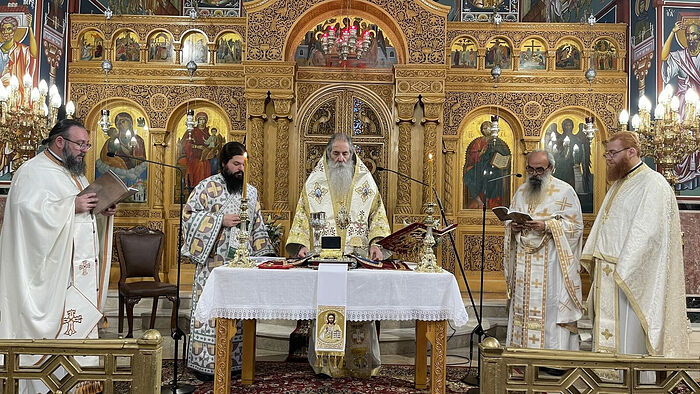
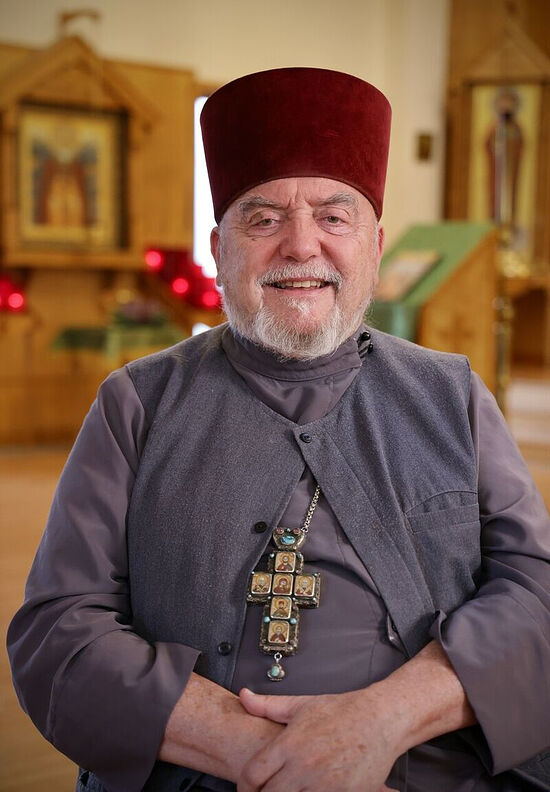
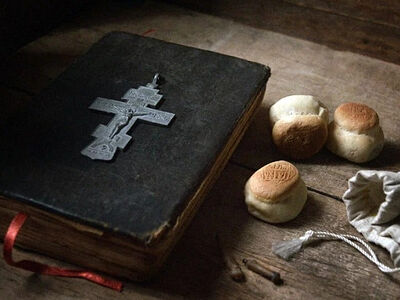 Let Us Fast in EarnestThus, let us begin on these fasting days to give ourselves to an intent study of fasting and prayer; and let us, at the same time, begin to fast and pray indeed.
Let Us Fast in EarnestThus, let us begin on these fasting days to give ourselves to an intent study of fasting and prayer; and let us, at the same time, begin to fast and pray indeed.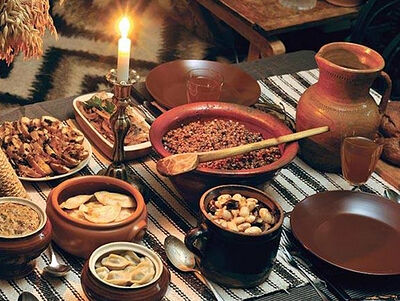 The Meaning and Significance of FastingFasting is a necessary means for success in the spiritual life and for attaining salvation; for fasting—depriving the flesh of excessive food and drink—weakens the force of sensual drives.” class=”tooltip”>Part 1/2: The Meaning and Significance of Fasting
The Meaning and Significance of FastingFasting is a necessary means for success in the spiritual life and for attaining salvation; for fasting—depriving the flesh of excessive food and drink—weakens the force of sensual drives.” class=”tooltip”>Part 1/2: The Meaning and Significance of Fasting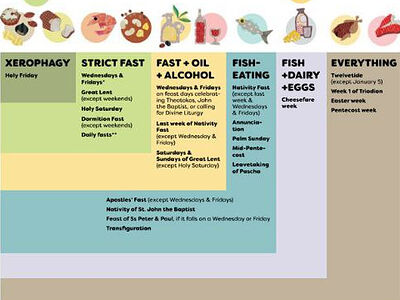 Accustoming Ourselves to FastingTo make our disposition towards fasting firm, we have to accustom ourselves to fasting slowly, carefully, not all at once, but gradually—little by little.” class=”tooltip”>Part 1/3: Accustoming Ourselves to Fasting
Accustoming Ourselves to FastingTo make our disposition towards fasting firm, we have to accustom ourselves to fasting slowly, carefully, not all at once, but gradually—little by little.” class=”tooltip”>Part 1/3: Accustoming Ourselves to Fasting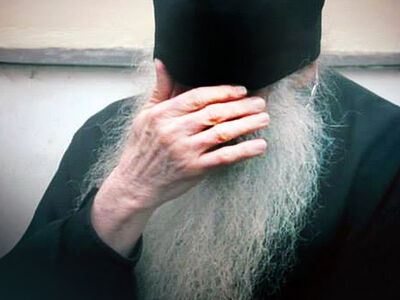 Spiritual FastingLet the mind fast, not permitting empty and bad thoughts; let the heart fast, refraining from sinful feelings; let our will fast, directing all our desires and intentions to the one thing needful…” class=”tooltip”>Part 1/4: Spiritual Fasting
Spiritual FastingLet the mind fast, not permitting empty and bad thoughts; let the heart fast, refraining from sinful feelings; let our will fast, directing all our desires and intentions to the one thing needful…” class=”tooltip”>Part 1/4: Spiritual Fasting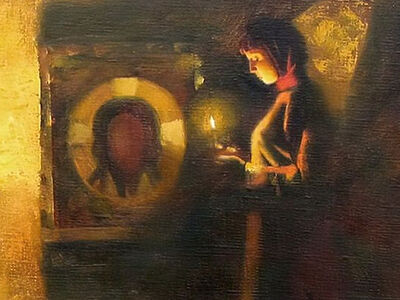 What is Prayer?A great prayerful power is at work in the prayers of the Holy Fathers, and whoever enters into them with all his attention and zeal will certainly taste of this prayerful power to the extent that his state of mind converges with the content of the prayer.” class=”tooltip”>Part 2/1: On Prayer. What is Prayer?
What is Prayer?A great prayerful power is at work in the prayers of the Holy Fathers, and whoever enters into them with all his attention and zeal will certainly taste of this prayerful power to the extent that his state of mind converges with the content of the prayer.” class=”tooltip”>Part 2/1: On Prayer. What is Prayer?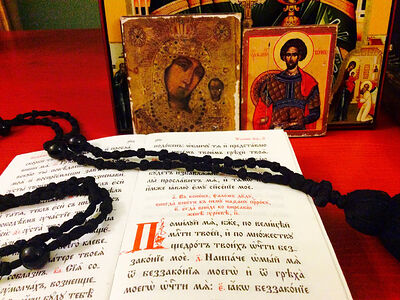 How to Prepare for Prayer?Thus, if you want to pray, gather all your thoughts, lay aside all external, earthly cares, and present your mind to God and gaze upon Him.” class=”tooltip”>Part 2/2: How to Prepare for Prayer?
How to Prepare for Prayer?Thus, if you want to pray, gather all your thoughts, lay aside all external, earthly cares, and present your mind to God and gaze upon Him.” class=”tooltip”>Part 2/2: How to Prepare for Prayer?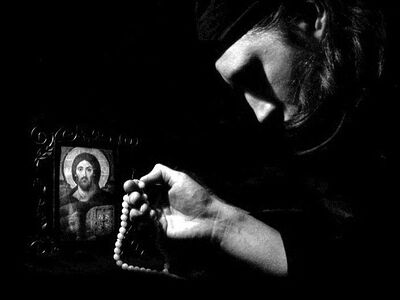 How to Pray?Absorb every word of prayer, bringing the meaning of every word into your heart; that is, understand what you read and feel what you have understood.” class=”tooltip”>Part 2/3: How to Pray?
How to Pray?Absorb every word of prayer, bringing the meaning of every word into your heart; that is, understand what you read and feel what you have understood.” class=”tooltip”>Part 2/3: How to Pray?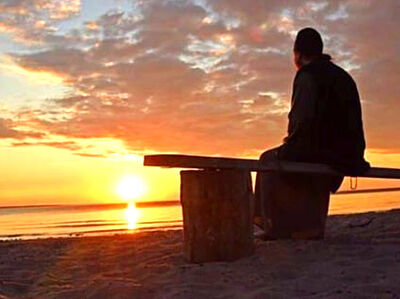 What to Do After Prayer?Begin, for example, to reflect on the goodness of God, and you’ll see that you’re surrounded by the mercies of God both physically and spiritually, and you’ll fall before God in an outpouring of feelings of gratitude.”>Part 2/4: What to Do After Prayer?
What to Do After Prayer?Begin, for example, to reflect on the goodness of God, and you’ll see that you’re surrounded by the mercies of God both physically and spiritually, and you’ll fall before God in an outpouring of feelings of gratitude.”>Part 2/4: What to Do After Prayer? 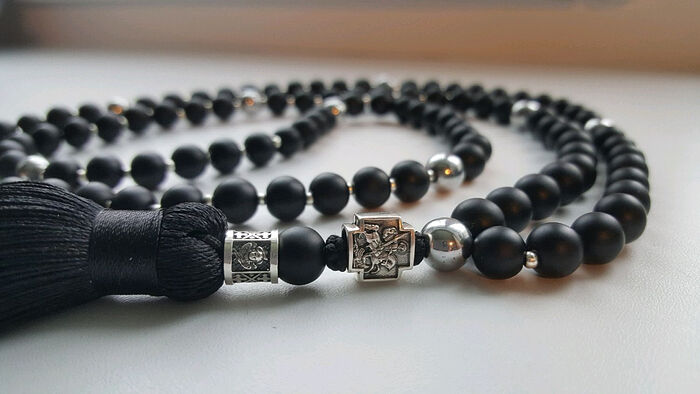
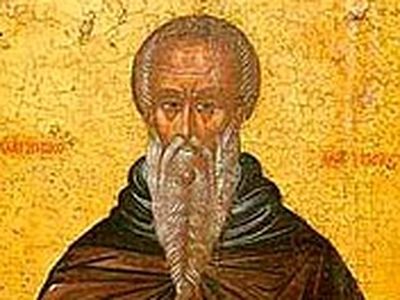 St. John of the Ladder (Climacus)It is known from St. John’s life that he ate what was allowed by the rule of fasting, but within measure. He did not go without sleep at night, although he never slept more than was needed to support his strength for ceaseless vigilance, and so as not to negatively affect his mind. ”I did not fast beyond measure,” he said of himself, ”and I did not conduct intensified night vigil, nor did I sleep on the ground; but I humbled myself…, and the Lord speedily saved me.
St. John of the Ladder (Climacus)It is known from St. John’s life that he ate what was allowed by the rule of fasting, but within measure. He did not go without sleep at night, although he never slept more than was needed to support his strength for ceaseless vigilance, and so as not to negatively affect his mind. ”I did not fast beyond measure,” he said of himself, ”and I did not conduct intensified night vigil, nor did I sleep on the ground; but I humbled myself…, and the Lord speedily saved me.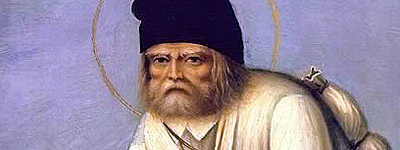 St. Seraphim of Sarov
St. Seraphim of Sarov